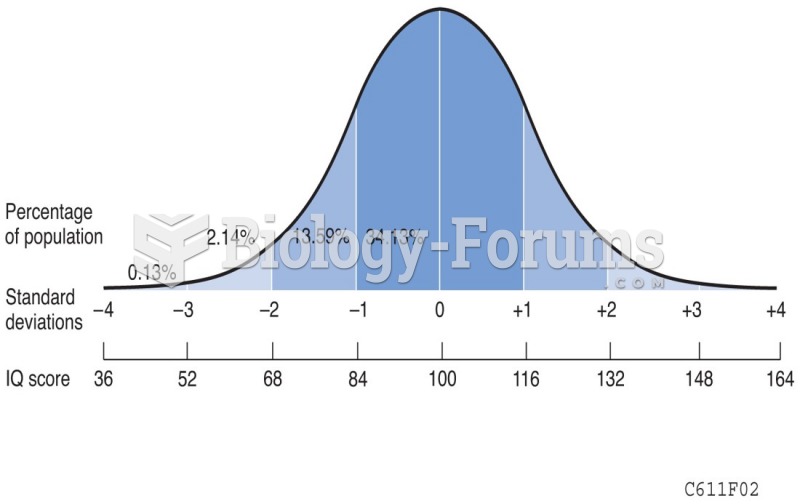Answer to Question 1
The judgmental strategy for obtaining an overall performance score requires consideration of every aspect of performance and then arriving at a defensible summary.
Answer to Question 2
The key features of effective feedback are that it is:
Timelyfeedback is not as effective if it is given much after the incident; giving feedback as soon as possible after the behavior will help the employee to improve performance.
Frequentfeedback should happen on an ongoing basis, as frequently as possible. Too little feedback will result in slow, if any, improvement in performance.
Specificgeneralized comments of you're doing a good job are nice to hear, but they will not be as effective in improving performance as specific information regarding behaviors and performance.
Verifiablethe information commented on should be verifiable and accurate, rather than based on inferences and rumors. Feedback is unlikely to be accepted by the employee if it is based on inaccurate information about behavior.
Consistentgood performance should result in positive feedback and poor performance should result in negative feedback across all situations, so that feedback will not come as a shock to the employee. Although some employees may be surprised by negative feedback, it is important that similar behaviors are not sometimes met with harsh criticism and sometimes met with praise.
Privateemployees should receive feedback in a place and time that will allow them to accept the information without an audience. Even positive feedback may cause embarrassment for an employee.
Includes description of consequencesemploye es should understand the consequences of their behavior so that they will realize the importance of their involvement in the organization.
Descriptive first and evaluative secondthe first order of business is to describe the behavior that was observed. Once there is agreement about what happened, evaluation can take place without as much risk of defensiveness, which makes the feedback more effective.
Related to a performance continuumfeedback should include information regarding positive aspects of the performance and negative aspects of the performance, and include an explanation of what steps can be taken to perform the positive performance more often and the poor performance less often.
Based on identifiable patterns of performancenegative feedback is most effective when it is based on patterns of performance rather than isolated incidents. Patterns of behavior can also be helpful in identifying the reasons for poor performance.
A confidence builder for employeesa coach can use feedback as a confidence builder by stressing that he or she is confident that the employee can improve his or her behavior. This also ensures that the employee understands that the feedback is about performance rather than about the performer.
A tool for generating advice and ideasfeedback is a good opportunity for a supervisor to give advice about how to improve performance, but should also be a good opportunity to solicit ideas from the employee about how performance may be improved.







